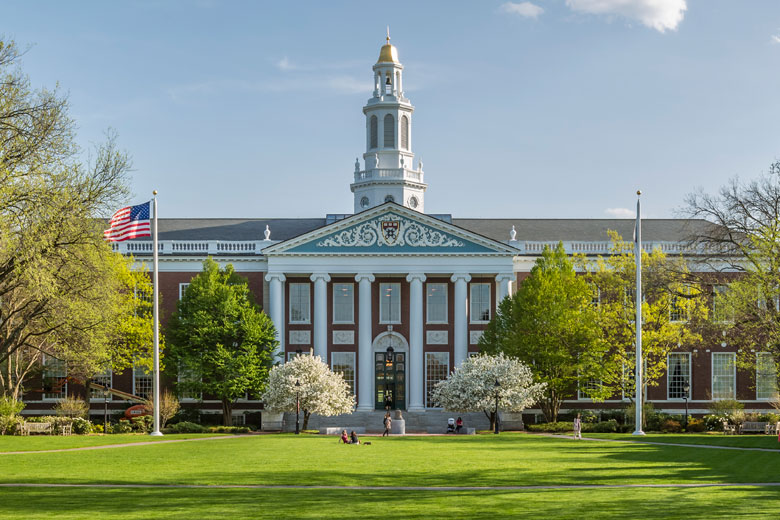Home » United States



US$ 700 – US$ 2,000
US$ 300 – US$ 600
US$ 80 – US$ 150
US$ 150 – US$ 400
Students can work up to 20 hours per week on campus. Off-campus work (CPT/OPT) requires authorization.
F-1 students can apply for Optional Practical Training (OPT) – 1 year after graduation. STEM graduates get an additional 24-month extension.
Learn from top-ranked universities with cutting-edge research and innovative programs tailored for future leaders.
Immerse yourself in a melting pot of cultures, creating connections with peers from all over the world.
Experience vibrant city life, iconic landmarks, and stunning natural wonders perfect for adventure and Instagram-worthy moments.
Studying abroad in the USA offers world-class education, cultural diversity, and endless opportunities for exploration and adventure.
Studying in the USA opens doors to globally recognized universities, cutting-edge research, and a vibrant multicultural experience, empowering students to thrive both academically and personally.
Carefully selected living spaces with safety, comfort, and student-friendly facilities in mind.
One-on-one guidance with a personal advisor and on-ground support to help you settle smoothly.
Stay protected with full medical and travel insurance coverage throughout your academic journey.
Round-the-clock travel support for any urgent needs—wherever you are in the world.
Yes—students with F‑1 visas can work up to 20 hours per week on campus. Off‑campus work (CPT/OPT) requires authorization.